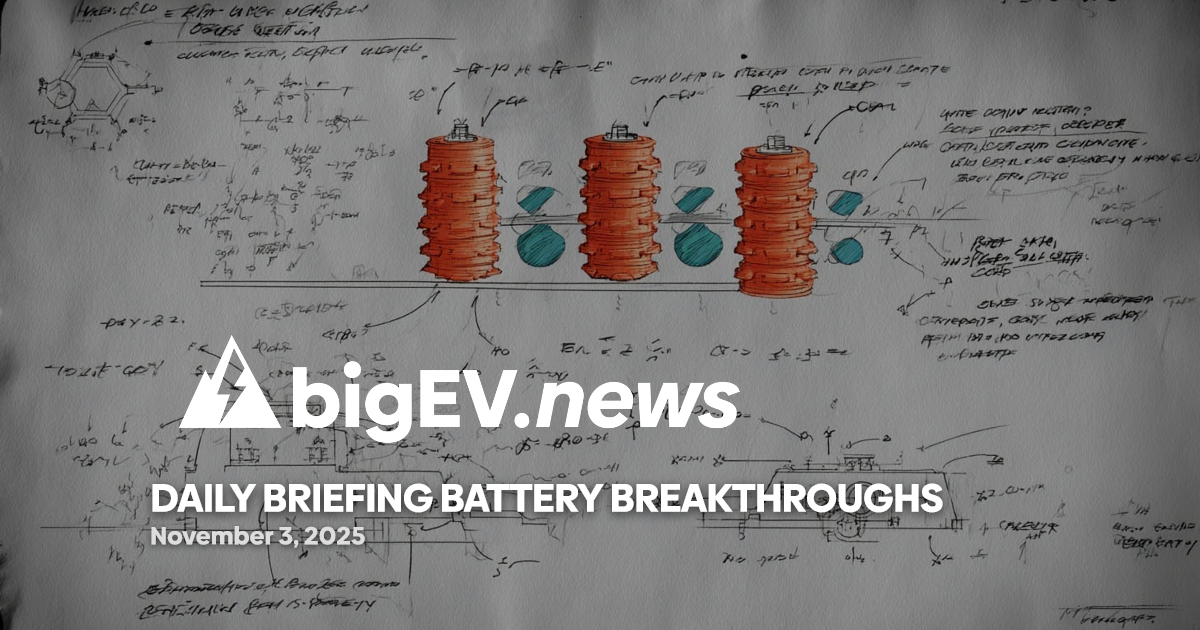Sweeping regulatory updates and safety frameworks signal a transformative week for compliance in electrification, infrastructure, and industrial sectors.
At a glance – The last 24 hours have seen a surge in regulatory activity across the energy, transportation, and manufacturing sectors, with new safety standards and compliance mandates emerging from both national and international authorities. Notably, California’s Office of Energy Infrastructure Safety has finalized its 2025 Safety Certification Guidelines, setting a new bar for electrical corporations operating in wildfire-prone regions. This move is designed to incentivize investments in safety culture and infrastructure, with the certification serving as a presumption of reasonable action in cost-recovery proceedings related to utility-caused wildfires. The guidelines, adopted after extensive public consultation, clarify that while certification supports utilities in regulatory proceedings, it does not shield them from liability or guarantee full compliance with all mitigation plans, underscoring a nuanced approach to risk management and accountability in the face of escalating climate threats.
Technology advance – In a significant step toward modernizing workplace safety, the U.S. Occupational Safety and Health Administration (OSHA) has proposed the Standards Improvement Project 2025. This initiative aims to streamline or eliminate over 40 workplace safety provisions that are considered outdated or unnecessarily burdensome, particularly those impeding technological and economic progress. Among the most impactful changes is the proposed removal of medical evaluation requirements for employees using filtering facepiece respirators and loose-fitting powered air-purifying respirators, while retaining all other critical safety provisions such as hazard assessment and fit testing. The proposal, which follows a presidential executive order, is now open for public comment and reflects a broader trend toward regulatory agility—balancing compliance relief for employers with the imperative of maintaining robust worker protections in rapidly evolving industrial environments.
Partnerships – The nuclear energy sector is witnessing a landmark international collaboration aimed at accelerating the deployment of advanced reactor technology. X-energy, in partnership with Amazon, Korea Hydro & Nuclear Power, and Doosan Enerbility, has announced a strategic alliance to fast-track the rollout of the Xe-100 small modular reactor (SMR) and TRISO fuel in the United States. This partnership is expected to streamline regulatory navigation, enhance safety compliance, and facilitate the integration of next-generation nuclear solutions into the U.S. energy grid. The collaboration not only underscores the growing role of public-private partnerships in meeting stringent safety and regulatory requirements but also highlights the increasing importance of cross-border alliances in driving innovation and compliance in the clean energy transition.
Acquisitions/expansions – The pipeline industry is set for a compliance overhaul following the U.S. Pipeline and Hazardous Materials Safety Administration’s (PHMSA) update to the ASTM A53/A53M standard. This revision is designed to enhance public safety, reduce regulatory confusion, and lower compliance burdens for stakeholders, in line with federal mandates. The updated standard, which governs the manufacture and use of steel pipe in pipeline systems, is expected to have far-reaching implications for pipeline operators, manufacturers, and contractors, particularly in terms of material traceability, testing protocols, and documentation requirements. The PHMSA’s move reflects a broader industry push toward harmonized standards that both satisfy regulatory mandates and support operational efficiency in the face of growing infrastructure demands.
Regulatory/policy – The U.S. Department of Energy (DOE) has finalized new certification, compliance, and enforcement regulations for energy and water conservation standards affecting a wide array of consumer, commercial, and industrial equipment. The updated rules, published in the Federal Register, require manufacturers to submit annual certification reports and maintain detailed records supporting their efficiency claims, with enhanced transparency and clarity around enforcement procedures. The DOE’s Office of Enforcement is also expanding outreach and training initiatives to help manufacturers navigate the new requirements, emphasizing the importance of accurate reporting and proactive compliance. These changes are poised to strengthen market integrity, ensure fair competition, and deliver tangible energy savings for consumers and businesses, while also aligning U.S. standards with evolving international best practices.
Finance/business – In the manufacturing sector, Curtiss-Wright has announced a major expansion of its product portfolio for the North American nuclear industry. The company will now market, promote, and supply advanced tensioners specifically designed for nuclear applications, supporting both safety and operational efficiency. This move comes as part of a broader industry trend toward specialized equipment that meets increasingly stringent regulatory and safety standards. Curtiss-Wright’s expansion is expected to bolster its position in the nuclear supply chain, providing utilities and plant operators with enhanced tools for compliance and risk mitigation as regulatory scrutiny intensifies across the sector.
Sources: energysafety.ca.gov, natlawreview.com, ans.org, regulations.gov, energy.gov, american nuclear society









